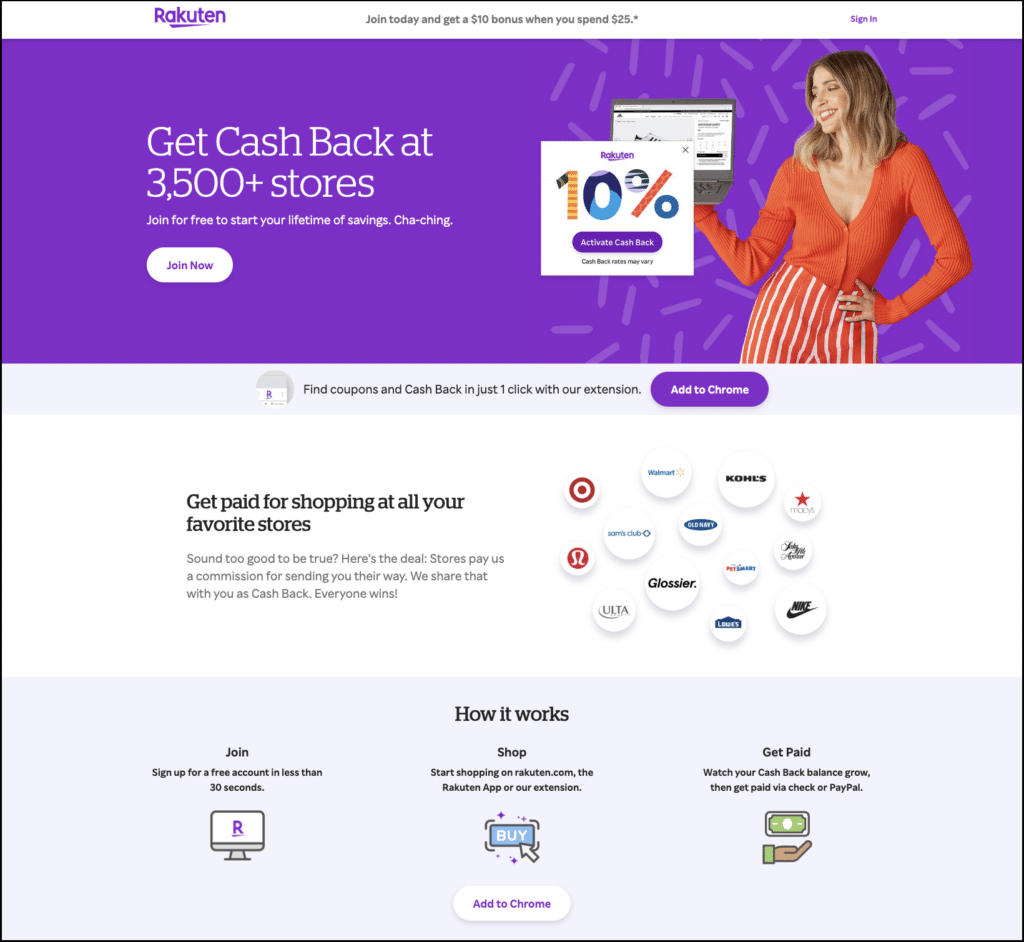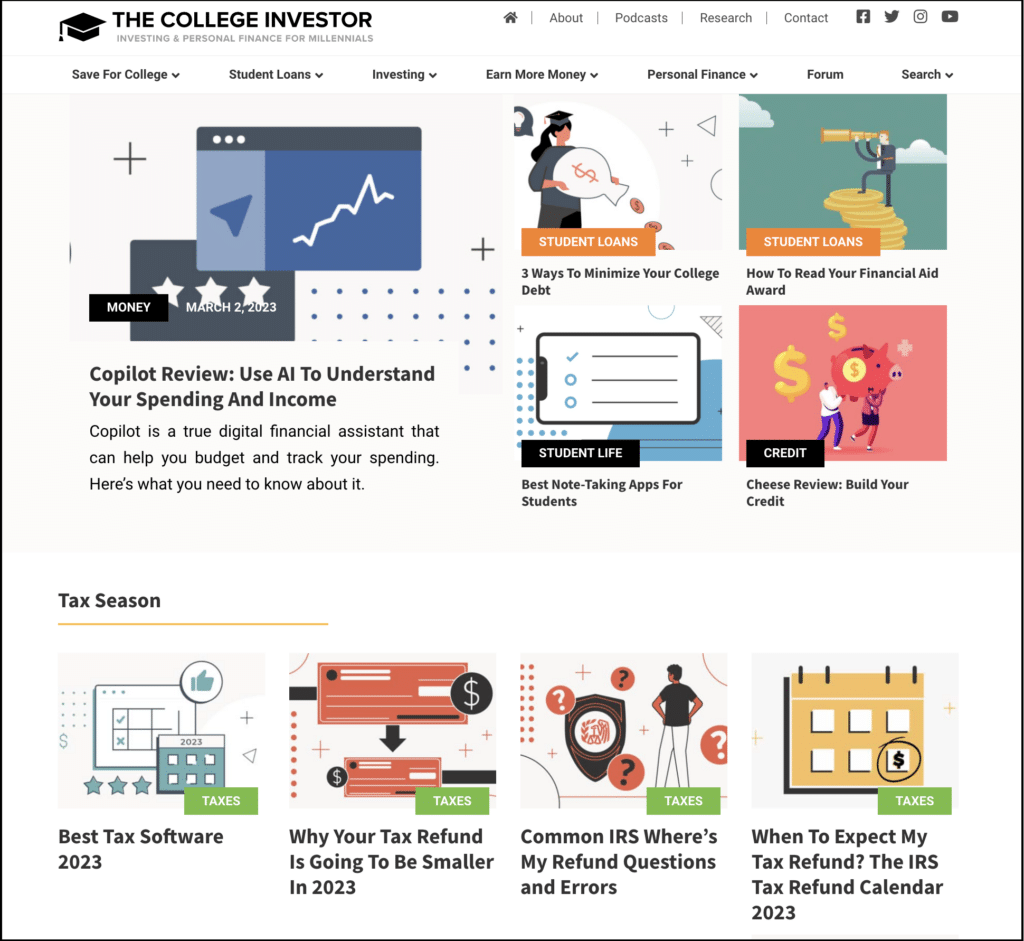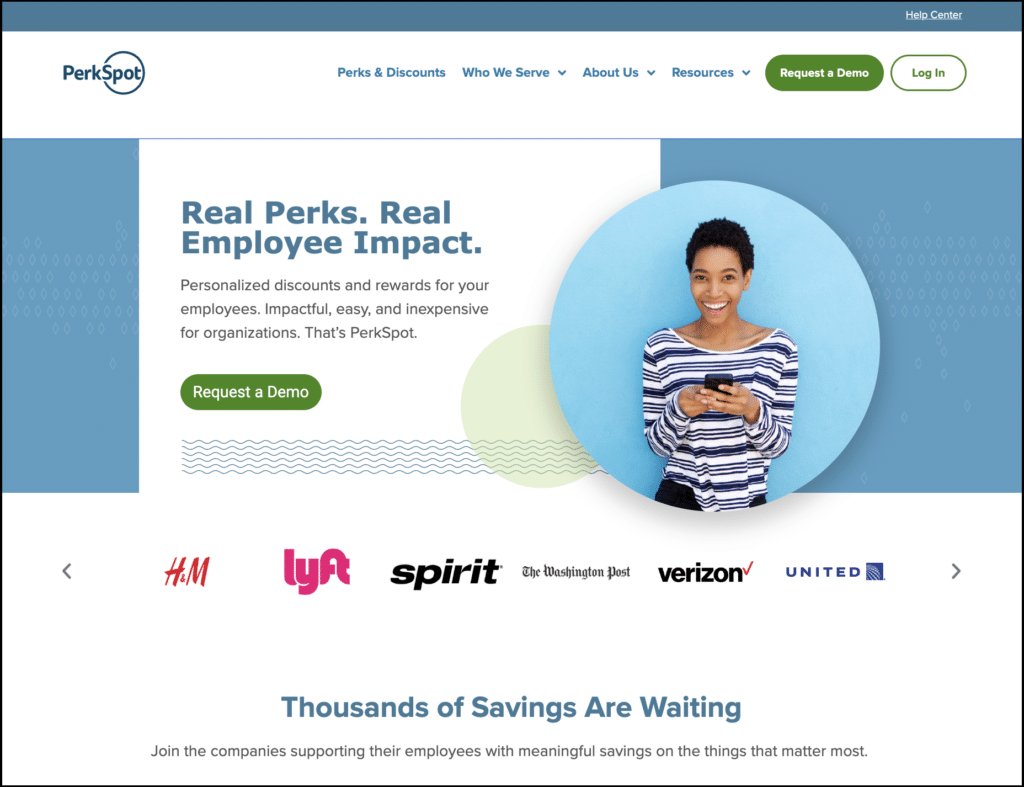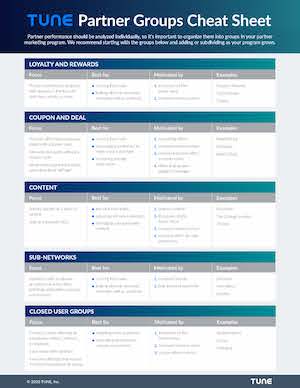In an affiliate marketing program, every partner you have is different — even when they’re the same kind of partner. Therefore, the way you look at their performance should be analyzed individually, too.
In order to efficiently measure and optimize performance, it’s important to organize your partners into groups, especially when you’re just starting out. As your program matures, you’ll get a feel for what makes sense and what doesn’t, and you can create as many groups as you like. We recommend starting with the five groups below, then adding or subdividing as your program grows.
Loyalty

With loyalty partners, consumers earn rewards in the form of cash back, points, or miles. These partners are valuable precisely for what’s in their name: their loyal consumer base. They offer something of value to customers, and therefore have a strong following.
Loyalty partners are great for running a flash sale or testing offers to see what will resonate with your audience.
Examples: Rakuten Rewards, TopCashback, Cartera
Coupon and Deal
This type of affiliate marketing partner is made up of websites focused on offers and discounts. These deals are primarily associated with a promo code, but can also be sitewide discounts without a coupon code.
Coupon and deal partners are what most people think about when they think “affiliate.” The channel has expanded far beyond just a coupon or deal, though, and other things can be offered through these partners, such as free shipping or free samples. Some brands decide they want to cut this group out altogether, but coupon and deal partners can be very helpful for running flash sales and getting customers to make a quick purchase.
Examples: RetailMeNot, Slickdeals, Brad’s Deals
Content

Content-based affiliates promote articles, videos, and other forms of content specific to a topic or vertical. Content is king for a reason, and we’ve seen this partner group increase significantly over the years, especially in the wake of viral apps like TikTok and after the release of affiliate-friendly features like Instagram’s. Top-of-funnel traffic is vital for brands, especially those who are not as well-known. An original, engaging content piece offers a discovery tool to yield net new customers into the funnel, so this type of affiliate marketing partner is very valuable.
It is important to identify the right content partner for your audience and to work closely with them to curate a message that will resonate with their reader base. Keep in mind these partners often require upfront budget to write about a product or service.
Examples: BuzzFeed, The College Investor, Thrillist
Sub-networks
Sub-networks are publishers with a network of partners to which they distribute deals and offers, and to whom they pay commissions directly. This type of partner is beneficial to work with because they have a wide range of affiliates under their umbrella and can get an offer out to the masses fairly quickly.
There are some considerations in working with these partners, though. One is that you may not know exactly who is promoting your offer, or how they are promoting it. It’s always a good idea to ask to identify and call out any promotional tactics you would not like included.
Examples: Skimlinks, Flex Offers, SOVRN
Closed User Groups

This type of affiliate partner provides unique offerings to employees, military, veterans, or students. They can also be inclusive of card-linked offer partners or any other partnerships that present a unique value to their consumer base, which requires membership or approval to access. Closed user groups can be great partners to work with because they often have niche audiences and can target them according to what type of product you’re offering.
Examples: Student Beans, ID.me, Perkspot
In Conclusion
The types of affiliate marketing partners you will ultimately have the most success with will depend on your business goals, target audience, and product or service, and it will take time to find them and weed out the others. In the meantime, most brands will find that these five groups provide a solid foundation to build a program on.
Get our Partner Groups Cheat Sheet for a quick reference guide to five types of popular affiliates and how to work with them. This info sheet includes the most common types of campaigns and preferred commission models for each affiliate group.
Author
Lyndsey Fish is the Director of Partnerships at TUNE. Before joining TUNE, Lyndsey worked for a leading partner marketing agency, overseeing a diverse portfolio of clients. Her career has focused on growing affiliate partnerships, utilizing data to make strategic decisions for consumer brands, and driving incremental growth.




